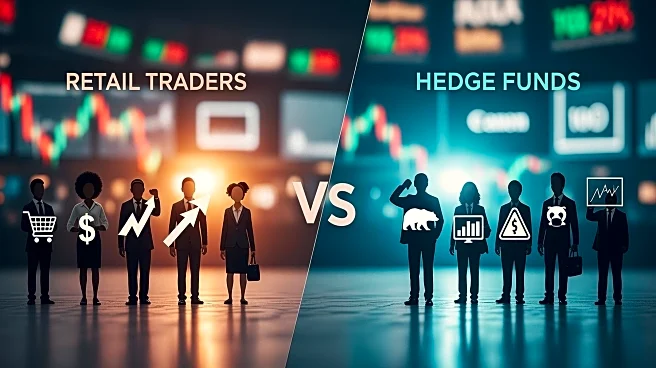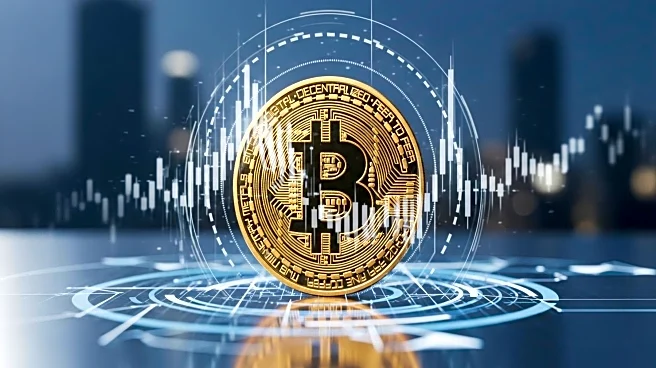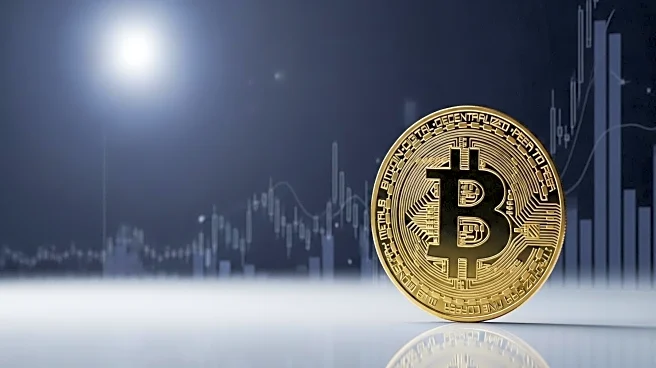What's Happening?
Gold has experienced an unprecedented surge in 2025, outperforming stocks despite the absence of a crisis or bear market. Futures contracts for gold have increased by 61% year-to-date, while the S&P 500 has risen by 14%. This unusual trend has been noted
by Barclays' trading desk, highlighting that such outperformance typically occurs during stock market downturns or economic crises. Gold's price has climbed above $4,200 an ounce, while the S&P 500 reached a record high of 6,700 earlier in October. This development has prompted discussions among investors about the implications of gold's performance in a stable economic environment.
Why It's Important?
The current situation is significant as it challenges traditional investment narratives. Gold is generally considered a safe haven during economic instability, yet its current performance suggests other factors at play. Investors are concerned about potential asset inflation and currency debasement, with U.S. equities not being the primary offenders. The trend raises questions about the sustainability of gold's rise and whether it indicates broader economic shifts. Tony Pasquariello from Goldman Sachs advises caution against betting against gold, noting its consistent growth and demand from central banks. This scenario could impact investment strategies and market dynamics moving forward.
What's Next?
Investors are closely monitoring the situation to determine the future trajectory of gold and its implications for the stock market. The ongoing performance of gold may influence investment decisions, particularly if concerns about asset inflation and currency debasement persist. Market analysts and traders are likely to continue evaluating the factors driving gold's rise, including central bank demand and its perceived stability. The situation may lead to adjustments in portfolio strategies, with investors seeking to balance risk and reward in light of these developments.
Beyond the Headlines
The unusual performance of gold amidst economic stability may reflect deeper shifts in investor sentiment and market dynamics. It raises questions about the traditional roles of safe-haven assets and their relevance in a changing economic landscape. The trend could signal a reevaluation of investment strategies, with potential implications for asset allocation and risk management. Additionally, the situation may prompt discussions about the long-term sustainability of gold's rise and its impact on global financial markets.














